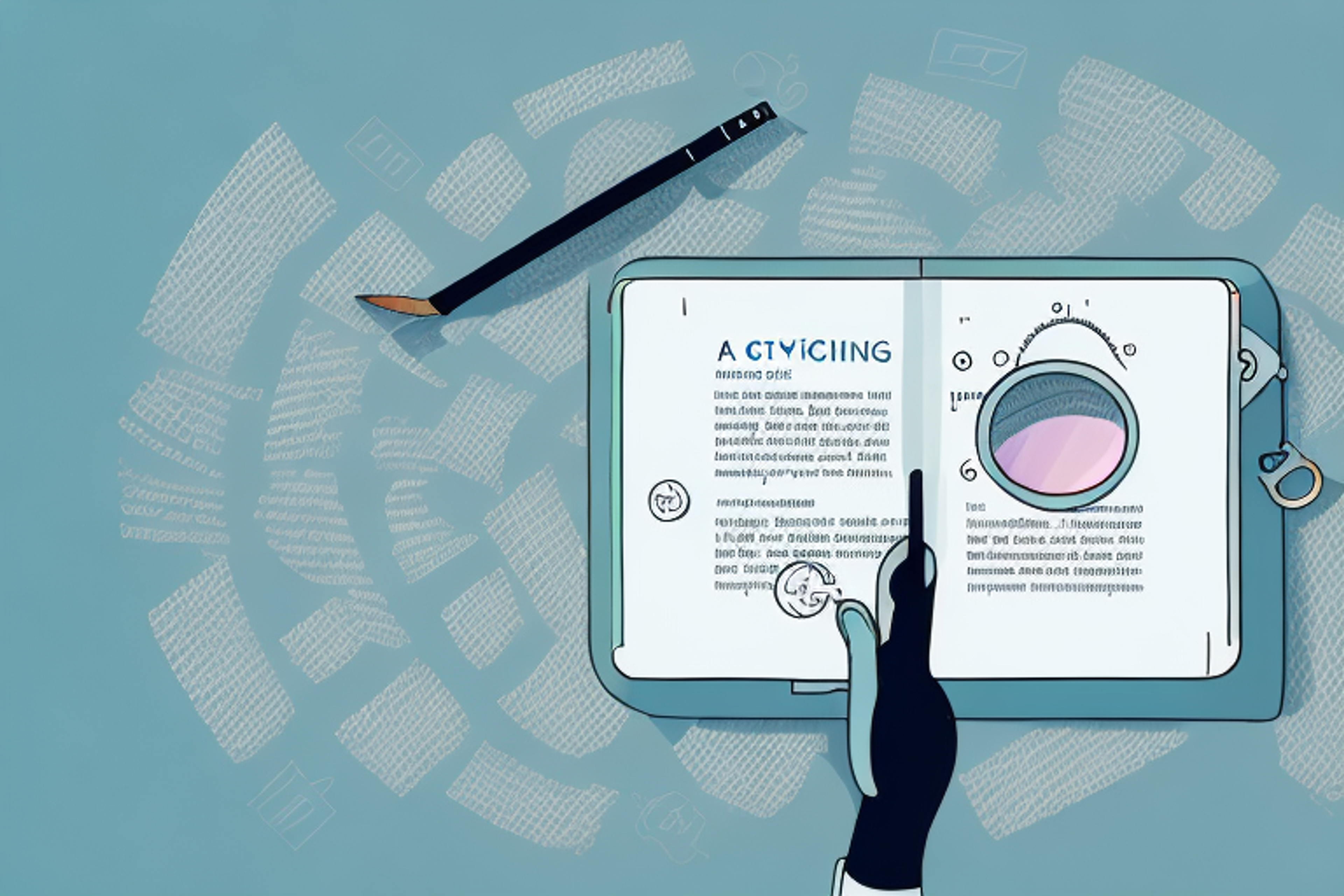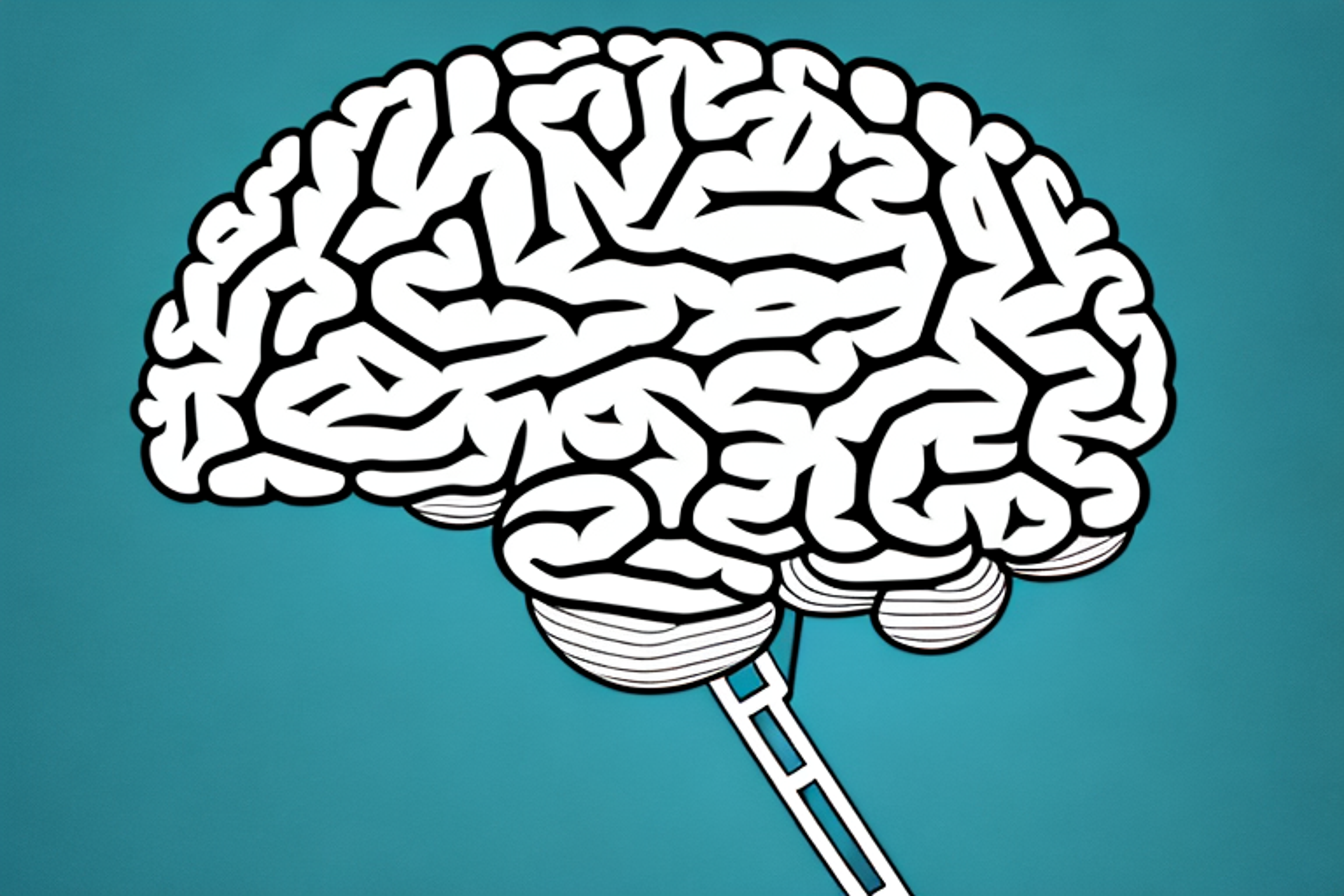LSAT Reading Comprehension Strategies for Main Idea Questions
Looking for effective LSAT reading comprehension strategies for main idea questions? Look no further! Our comprehensive guide offers expert tips and techniques to help you master this challenging section of the exam and achieve your best score.
Posted March 6, 2025

Table of Contents
The Law School Admission Test (LSAT) is a standardized exam that assesses a student’s ability to succeed in law school. The reading comprehension section is one of the most critical components of the test. LSAT reading comprehension consists of four passages, with each passage containing one or two sets of Main Idea questions. Main Idea questions probe what the passage is primarily about. In this article, we will discuss strategies that can improve your ability to answer Main Idea questions accurately.
Understanding the Importance of Main Idea Questions in LSAT Reading Comprehension
Main Idea questions are fundamental to understanding LSAT reading comprehension. Although they appear at the beginning of the questions section, they are the most challenging to answer because they require a higher level of comprehension and critical reasoning. The LSAT assesses whether you can determine the primary purpose of a passage and analyze the relationship between the primary purpose and the specifics mentioned in the passage. Ultimately, Main Idea questions establish whether you have understood the author's intention behind the passage.
One of the key strategies for answering Main Idea questions is to identify the author's tone and attitude towards the subject matter. This can be done by paying attention to the language used in the passage, such as the use of positive or negative words, and the overall structure of the passage. By understanding the author's tone and attitude, you can better grasp the main idea and purpose of the passage.
Another important aspect of answering Main Idea questions is to avoid getting distracted by the details mentioned in the passage. While it is important to understand the specifics mentioned in the passage, it is equally important to keep in mind the bigger picture and the main purpose of the passage. By focusing on the main idea and purpose, you can eliminate answer choices that are irrelevant or do not align with the author's intention.
Breaking Down Main Idea Questions: Types and Characteristics
There is a wide variety of Main Idea questions on the LSAT. Some will require you to identify the central idea of the passage, while others will require you to summarize the author's viewpoint. Some may even ask you to identify the tone of the passage. Knowing the type of Main Idea question you are answering can help you effectively approach it. Additionally, many Main Idea questions on the LSAT will have similar characteristics, including abstract phrasing, an emphasis on the central concepts of the passage, and answering through elimination of options.
It is important to note that Main Idea questions are not limited to a specific section of the LSAT. They can appear in any section, including Reading Comprehension, Logical Reasoning, and Analytical Reasoning. Therefore, it is crucial to practice identifying the main idea in various types of passages and questions. Developing this skill will not only improve your LSAT score, but also your ability to comprehend and analyze complex texts in other academic and professional settings.
Tips for Identifying and Extracting the Main Idea from LSAT Passages
Locating the Main Idea can be daunting, but there are methods to help make it more manageable. The first step is to give the passage an initial read, looking out for the central arguments, examples, or themes mentioned. Re-reading the passage to find the author's intention can be useful. Highlighting key phrases or sentences that represent the author's point of view can help identify the Main Idea. Also, attempting to summarize the passage in a few sentences can help you isolate the central theme.
Another useful technique for identifying the Main Idea is to pay attention to the structure of the passage. Look for transitions between paragraphs or sections, as they often indicate a shift in focus or a new argument. Additionally, identifying the tone of the passage can help you understand the author's perspective and identify the Main Idea.
It's important to note that the Main Idea may not always be explicitly stated in the passage. In some cases, you may need to infer the Main Idea based on the information presented. This requires careful analysis of the author's arguments and evidence, as well as an understanding of the context in which the passage was written.
The Role of Contextual Clues in Answering Main Idea Questions on the LSAT
Contextual clues can assist as you navigate more tricky LSAT Main Idea questions. Identifying logical relationships can indicate the direction of the author's argument. Looking out for transitions and conjunctions can also provide insight into the relationship between the different ideas mentioned in the passage. Additionally, the tone of the passage and the author's use of language can be a clue to their possible viewpoint.
Another important contextual clue to consider is the structure of the passage. Understanding the organization of the passage can help you identify the main idea and how it relates to the supporting details. For example, if the passage is structured in a problem-solution format, the main idea may be the proposed solution to the problem.
It's also important to pay attention to any examples or anecdotes used in the passage. These can provide insight into the author's perspective and help you identify the main idea. Additionally, if the passage includes any statistics or data, these can be used to support the main idea and provide further context.
Common Traps to Avoid When Answering Main Idea Questions on the LSAT
LSAT Main Idea questions are designed to be difficult and will often have tempting answer choices that appear plausible but are ultimately incorrect. These choices may capture details mentioned but not address the central theme. Some wrong answers will be extreme or emotionally charged and should be avoided. Others may present slight differences in wording, but not represent the author's intention. It's best to always refer back to the passage to verify your answer.
Another common trap to avoid when answering Main Idea questions on the LSAT is falling for answer choices that are too broad or too narrow. A choice that is too broad may encompass too many ideas and fail to capture the main point of the passage. On the other hand, a choice that is too narrow may only address a small detail and miss the bigger picture. It's important to choose an answer that accurately reflects the central theme of the passage.
Additionally, be wary of answer choices that contain new information not mentioned in the passage. The correct answer should be supported by evidence from the text and not introduce new ideas. If an answer choice seems to come out of nowhere, it's likely incorrect. Remember to stick to the information presented in the passage and choose the answer that best summarizes the author's main point.
How to Use Prior Knowledge to Enhance Your Performance on Main Idea Questions
Prior knowledge can be an invaluable asset when answering LSAT Main Idea questions. Understanding the context and background of the passage can help identify the central argument. Familiarity with the author's style and work can also provide insight into their intention. However, prior knowledge should be used cautiously as assumptions and biases can cloud reasoning.
One way to effectively use prior knowledge is to approach the passage with an open mind and actively seek out evidence to support or refute your assumptions. This can help prevent confirmation bias and ensure that your reasoning is based on the information presented in the passage.
It's also important to note that prior knowledge should not be relied upon exclusively. It's essential to carefully read and analyze the passage to ensure that your understanding of the main idea is based on the evidence presented in the text. Using a combination of prior knowledge and careful analysis can help you achieve a deeper understanding of the passage and improve your performance on LSAT Main Idea questions.
The Impact of Active Reading and Annotation Techniques on Main Idea Question Accuracy
Active reading and annotation techniques are essential for improving LSAT Main Idea accuracy. Underlining keywords and phrases, taking notes, and summarizing ideas can increase engagement with the passage and help retain necessary information. It's best to also take brief breaks when reading through the passage, to avoid confusion or overload of details.
Another effective active reading technique is to ask questions while reading. This helps to keep the reader engaged and focused on the main ideas of the passage. Additionally, it can help to identify any gaps in understanding or areas that require further clarification.
Furthermore, using visualization techniques can also aid in active reading and improve main idea question accuracy. This involves creating mental images of the concepts and ideas presented in the passage, which can help to solidify understanding and retention of the material.
Practice Exercises and Strategies for Improving Main Idea Question Accuracy
Gradually, with practice, identifying Main Idea questions will become much easier. Practice exercises, especially timed exercises, can help simulate test conditions, sharpen critical reasoning skills, and increase efficiency. It's best to time yourself during these exercises and focus on developing a structured approach to answering Main Idea questions.
Another strategy for improving Main Idea question accuracy is to actively read and take notes while reading. This can help you identify the main points and themes of a passage, making it easier to answer Main Idea questions. Additionally, paying attention to the introduction and conclusion of a passage can often provide clues to the main idea. By incorporating these strategies into your practice exercises, you can improve your ability to identify the main idea and increase your overall test performance.
Expert Advice on Preparing for LSAT Reading Comprehension, Including Main Idea Questions
Advice from LSAT experts can improve your LSAT reading comprehension and Main Idea approach. Experts recommend practicing regularly, familiarizing yourself with the structure and format of the LSAT, and being comfortable with internalizing knowledge. It's also vital to manage your time effectively, pacing yourself, and not dwelling too long on questions that are particularly challenging.
In conclusion, LSAT Main Idea questions can be challenging, but with the right tools and methods, you can improve your accuracy. Understanding the fundamental nature of Main Idea questions, breaking down their characteristics, utilizing contextual clues, avoiding common traps, and taking an active approach to reading and taking notes can all affect performance. By utilizing these strategies and frameworks, you can ultimately improve your confidence and ability when approaching LSAT reading comprehension questions.
Another important aspect of preparing for LSAT Reading Comprehension is to read widely and regularly. This will help you to develop a broad range of knowledge and vocabulary, which will be useful when tackling the diverse range of topics that may appear on the LSAT. Additionally, reading regularly will help you to develop your reading speed and comprehension, which are both essential skills for success on the LSAT.
Finally, it's important to remember that LSAT Reading Comprehension is not just about understanding the content of the passages. It's also about understanding the structure and organization of the passages, as well as the author's tone and purpose. By paying attention to these elements, you can gain a deeper understanding of the passages and improve your ability to answer questions accurately.











